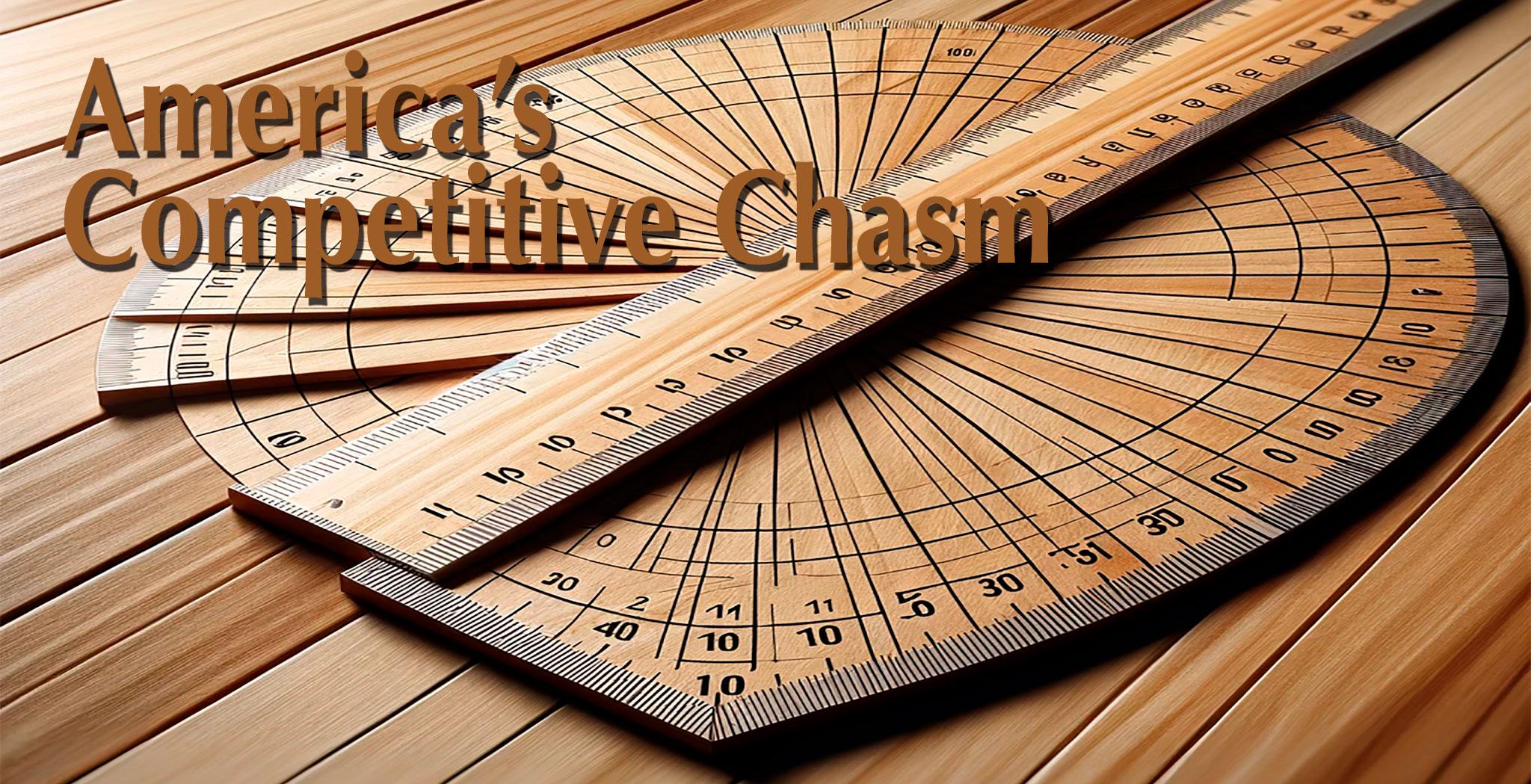While working on a project in northern Honshu, Japan, in the 1960’s I marveled at how well the Japanese people had adapted to the post-war lifestyle. There were shortages aplenty in all aspects of daily living, requiring lots of shortcuts and compromises. They are more than up for this hardship by innovating.
That innovation – and patience – paid off in diamonds.
Couldn’t afford to import beer? – “Make our own.” That brought forward world-renowned Asahi, Sapporo, and Kirin.
Couldn’t afford to import Scotch whiskey? – “Make our own.” That brought forward world-renowned but uniquely Japanese Suntory single malt whisky.
It also brought forth many items required for daily needs but unavailable. Acceptable substitute imitations were created. Remember “cheap Japanese imports?” But that necessity fertilized very creative minds, and within a generation, Japanese products became solid and respected, building the significant G7 industrial power that is Japan today.
After much sneering for swamping the world with cheap “junk,” the nation’s ego needed a giant boost. This, of course, required discipline and sacrifice and spawned organizations such as The Ministry of International Trade and Industry (MITI). The MITI was one of the most powerful government agencies in Japan and, at the height of its influence, effectively ran much of Japanese industrial policy. MITI would not authorize exporting ANY manufactured product without a long, successful run within its local market.
What caught my attention back then was all the cute little cars, especially the innovative mini pickup trucks – all driving on the “wrong” side of the road, just like in England. Then, they began exporting to the United States and elsewhere, becoming a huge success.
How did they achieve this? I asked myself, why did the lovely American Beauties not sell in Japan?
The answer to the latter was that American cars were way too big for the tiny Japanese highway structure, plus THE STEERING WHEEL WAS ON THE WRONG SIDE. It turned out that either of these were obstacles everywhere outside the US and Canada. The large size would have worked in Australia and South Africa, but the left-hand drive would not sell.
Toyota, Honda, and all made their chassis to accommodate either right-hand OR left-hand drives, plus the small size equaled small price equaled successful sales!
Did America ever learn? Did America ever want to learn? Did American producers ever want to tear down the fence that isolated the country’s marketplace even though it represented a mere four percent of the entire world marketplace? I call it shooting ourselves in the foot!
We tend to recklessly isolate ourselves commercially. A major obstacle to world market access is our screwed-up measuring systems. This causes incompatible product sizes, among other issues. Even the staunch United Kingdom, from whom we inherited these odd measurement systems, converted to the worldwide decimal systems of meters, liters, and Celsius.
We had the opportunity and somewhat desire to convert to metric in the 1970s. It was adopted by Congress, mandating the military and government to use the metric system. Still, it was not forced upon the general public. For example, the conversion of highway signs to metric failed miserably.
America’s education system will never be able to screw from the Imperial measurement; thus, even though it would take a mere two or three generations to succeed, the will is just not there.
On the other hand, industry is slowly adapting as it is cheaper to manufacture one size for both domestic and exportation.
Real-World Usage
Therefore, a 5 x 10 footer = 4.1’ x 8.2’ and a 2x4 incher stud is 1.97 x 3.94 inches — close enough. This should be effortlessly sufficient for envisioning material requirements to repair a house, for example.


Comments to
David, I believe the reason…
David, I believe the reason the US cannot adopt the metric system has nothing to do with logic, value, or even in learning the system but has everything to do with American ego and unfounded theory that since we know what's best, therefore everyone should follow our lead! Let "them" change! Your idea is interesting but eventually, as in language, one needs to think in the language not in translation. I can recall when I bought my Lancia it had US 16" tires on it which we almost had to cut off in order to put 400 mm Pirellis on it. My first hands on experience with metric system. Metric is great until "time" where the base is the standard second and the unit of ten is lost!
Add a comment